Vinu Daniel completed his B. Arch in 2005 from The College of Engineering, Trivandrum, following which he worked with Auroville Earth Institute for the UNDP (United Nations Development Programme) Post-Tsunami construction. He started Wallmakers on returning from Pondicherry in 2007. Many eye-openers during his practice prompted him to resolve to devote his energies towards the cause of sustainable and cost-effective architecture.

Amidst the current Global climate crisis, it becomes more important to question the direction in which we humans, as a race are headed. In the place of questions like “What should we build?”, queries like “Should we build?” should become more relevant. And in facing the inevitable situation where we must build, the need to use materials that has already become an environmental hazard in the place of fresh material has become the need of the hour. “At Wallmakers we believe in understanding and using materials easily available from a site or in building with waste, which led us to research and develop techniques such as the Debris Wall and the Shuttered Debris Wall. The aim is to build sustainable spaces that are responsive to specific site contexts and conditions, while maintaining a balance between innovative, utilitarian designs and creating contextual dream-like spaces,” says Vinu Daniel.
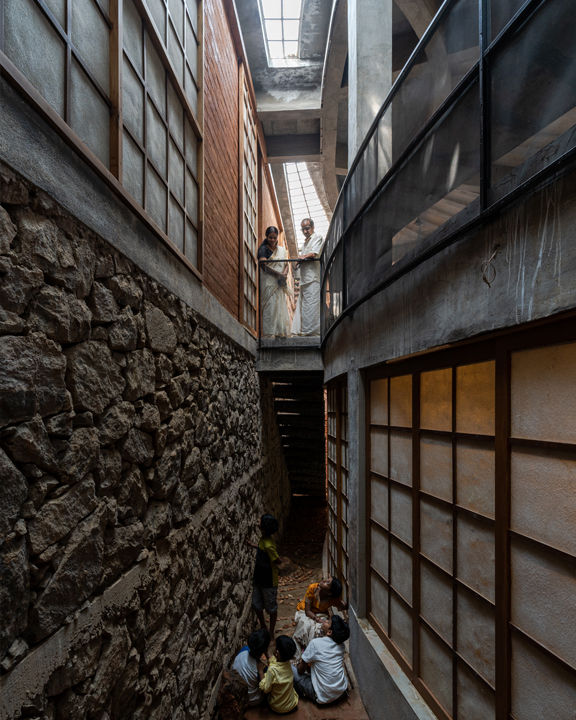
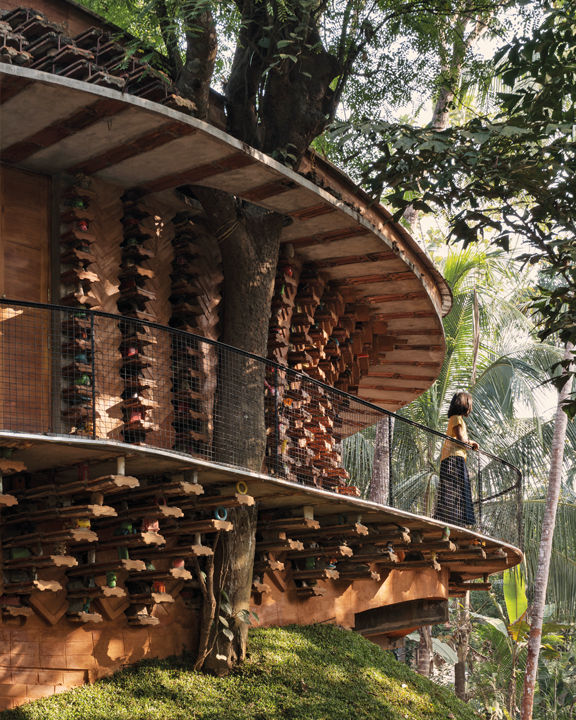
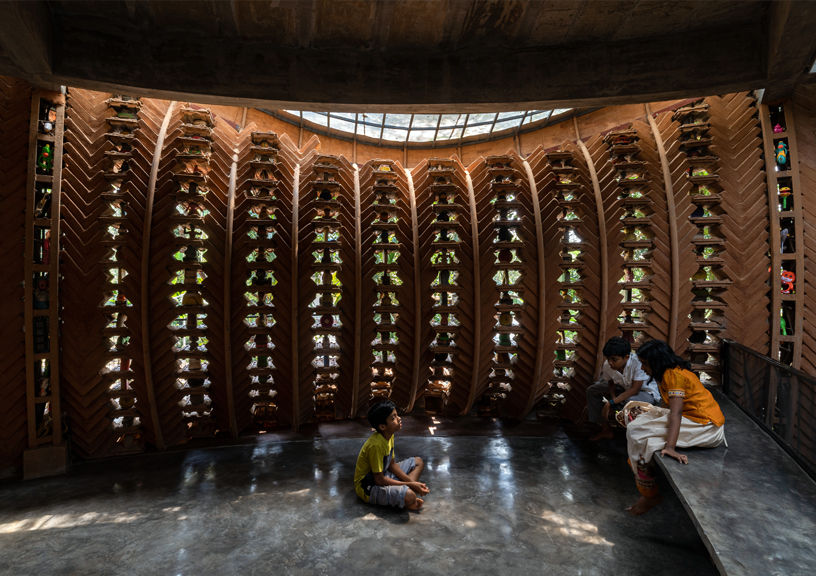
PROJECT IN FOCUS – Toy Storey
Location: Vadakara, Kerala
Typology: Residential
Year of Completion: 2024
Material Palette: Compressed Stabilised Earth Blocks, Discarded Toys
Design Concept: Contextual and Climate-Sensitive. The design reimagines plastic waste into a sculptural and sustainable home.
What we Heart: The complex, latticework façade of earthen tiles which integrate over 6200 discarded toys. The circular design which makes it accessible from all sides and the playful verandah.
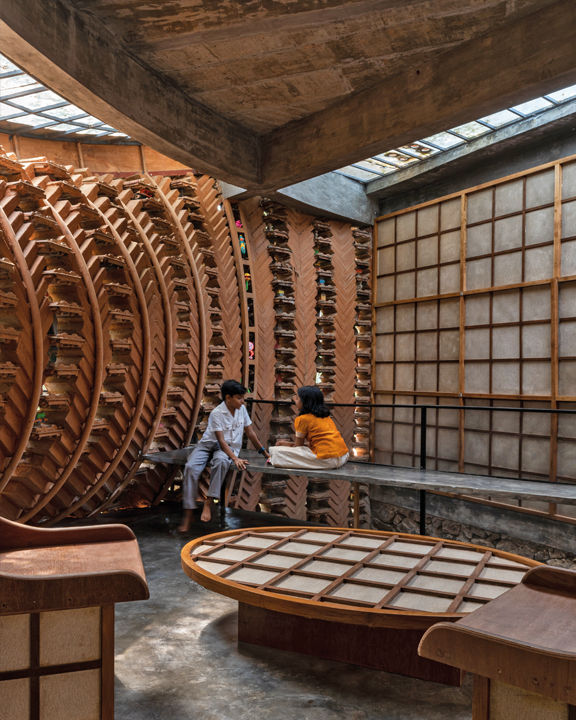
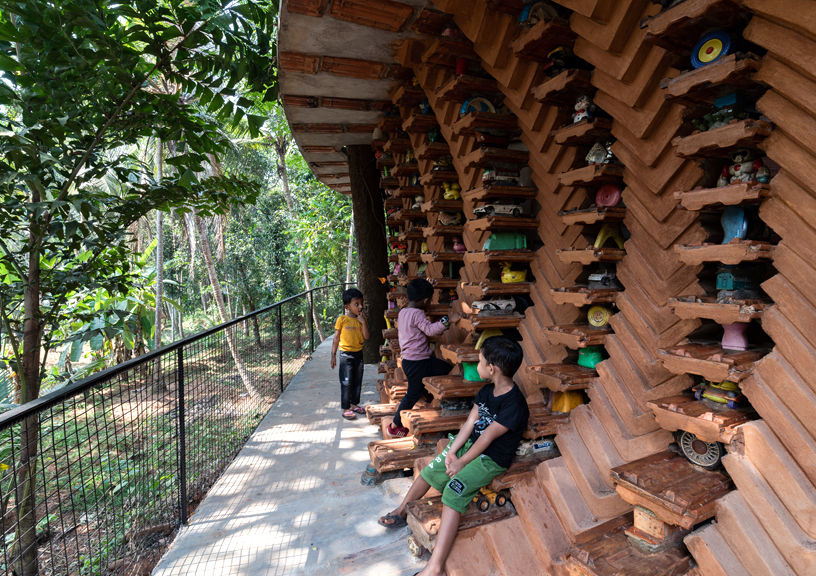
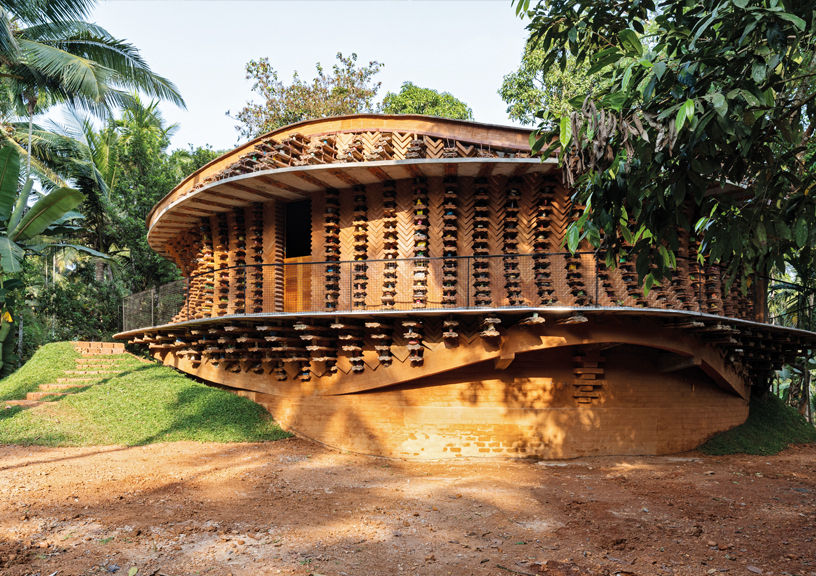
The architect conceived the project as a living museum for plastic toys discarded by local students, 6200, to be precise. The residence is conceived as a “house within a house” where the large living space will always be frequented by neighbours and members of the community, but the Japanese-style inspired shoji screens become translucent partitions providing light and visual connectivity for the private half. The central courtyard and the composite CSEB- Toy Jaali wall (Compressed Stabilised Earth blocks made from soil from the site), acts like a perforated external skin, with mesh in the interior, allowing constant cross ventilation and better insulation. The project also features a radial ferrocement shell roof that helps to reduce reinforcement by 33%, CSEB walls that with a very less embodied energy of 572 MJ/cum and the traditional oxide flooring technique.
